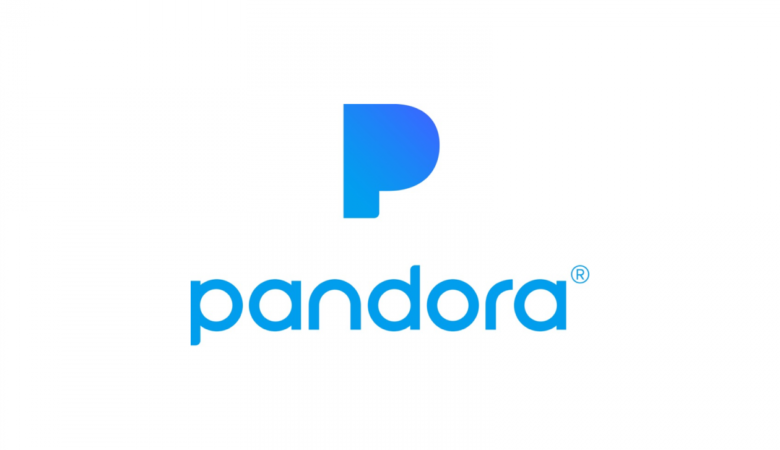Windows and Linux are two completely different operating systems where both offers a completely different user experience. Where Windows contributes the largest market share and user-friendly platform, Linux has elevated itself from just “that open source operating system”. You can find numerous differences between both when it comes to user experience. Let’s discuss 10 fundamental difference between Linux and Windows in this article.
Access to source code: Microsoft Windows is a series of graphical interface OS which is developed, marketed and sold by Microsoft. It does not offer public access to source code of the program. Whereas Linux is a Unix-like and POSIX-compliant computer OS which is based on free and open-source software development and distribution program. It belongs to GNU Public License which ensures the users to have full access to source code to the very kernel (Linux Kernel) which is the foundation of the Linux operating system.

No Registry: Windows comes with Windows registry which is the master database of all the settings on your system. It holds all information like user passwords, application information, device information and almost everything on your system. If it is not stored as a file on your system, it’s probably stored in the registry. Whereas Linux doesn’t offer registry as the master database. It stores their settings on a program-by-program basis under the hierarchy of users. It offers modular configuration where you won’t find a centralized database that needs to be clean periodically.
Licensing freedom: When you buy Microsoft license to use Windows, it is restricted to one license for one machine. It means you can legally install the OS (or application) on the machines equal to a number of licenses you have bought (ex 5 licenses for 5 machines). With Linux, you can download a single copy of a Linux distribution (or application) and you can install it on as many machines as you want. Its GPL-Licensed operating system allows you to modify the software or use and even republish or sell it (so long as you make the code available).
Mobility: Windows allows programs to store its user information (files and settings) anywhere on the system. This simple reason makes it hard to backup user data (files and settings) and switches it to a new computer. Whereas, Linux stores user data in the home directory of the system, which makes it much easier to migrate from one system to another. If the home directories on your system are segregated in their own partition, you can even upgrade Linux from one version to another without having a need to migrate user data and settings.
Flexibility: Windows boots from a primary partition or first hard disk. In contrast, Linux can boot from a primary partition or a logical partition inside an extended partition. In fact, it can boot from any hard disk in the system.
Proven Security: The benefit of being open source has helped Linux to remain virus-free for a long time. As the Linux code is available open source, it is being tested by numerous users around the world. It helps to find any exploitable holes in Linux lightning fast. Whereas Windows is tested by a single development team, which shrinks the chances of fair testing.
Customizable: Linux allows users to have full access to its source code. Users can even modify the software and customize it as per their needs. For example, one of Linux version called NASlite runs off a single floppy disk and allow users to convert an old system into a file server. Its ultra-small edition is capable of file sharing, networking and being a web server. In Windows, you cannot make changes in its code or cannot customize it.
File Structure: Linux works on different file structure as it is developed over a separate codebase and separate developers. You cannot find My Documents on Ubuntu or Program Files on Fedora. It works on single file tree where your all drives are mounted into that single tree. You can also find your Home Directory and Desktop Directory as a part of that single file tree. Linux offers a whole new filesystem and architecture compared to Windows.
Package Manager: On Windows, to install any program you need to visit some website and its download section, which sends you some EXE file to run. Once you run this EXE file then only you can consider your program is installed. When you want to remove this program, you need to mess with the Control Panel. In Linux system, you will find something called a Package Manager, which is a center for browsing, installing and removing any program packages. To download or remove any program, you need to search your package manager’s repositories.
Interchangeable Interfaces: Windows typically offers a classic user interface with all its versions. You cannot find much difference in Start menu, system tray, taskbar, Windows Explorer and in others when it comes to interface. It is all restored with Windows 10. On Linux, the interface is completely segregated from the core system. Here you can switch up your interface environment without getting into the reinstallation thing.
You can review these fundamental differences between Linux and Windows to have a fair idea of both the operating systems. You can also consider these differences if you are planning to switch to any of these operating systems.
Summary: Linux and Windows both offer stock experience to its users. You can find various fundamental differences in both the operating systems. Let’s discuss some of these fundamental differences in this article.





